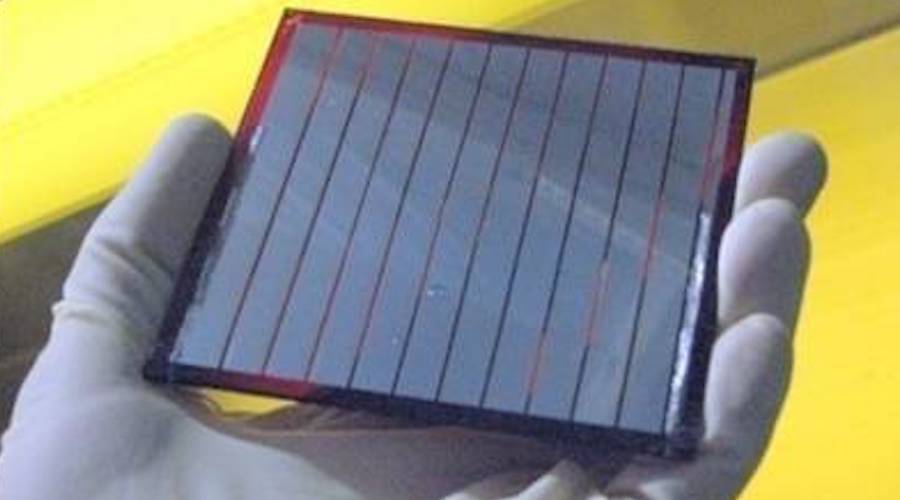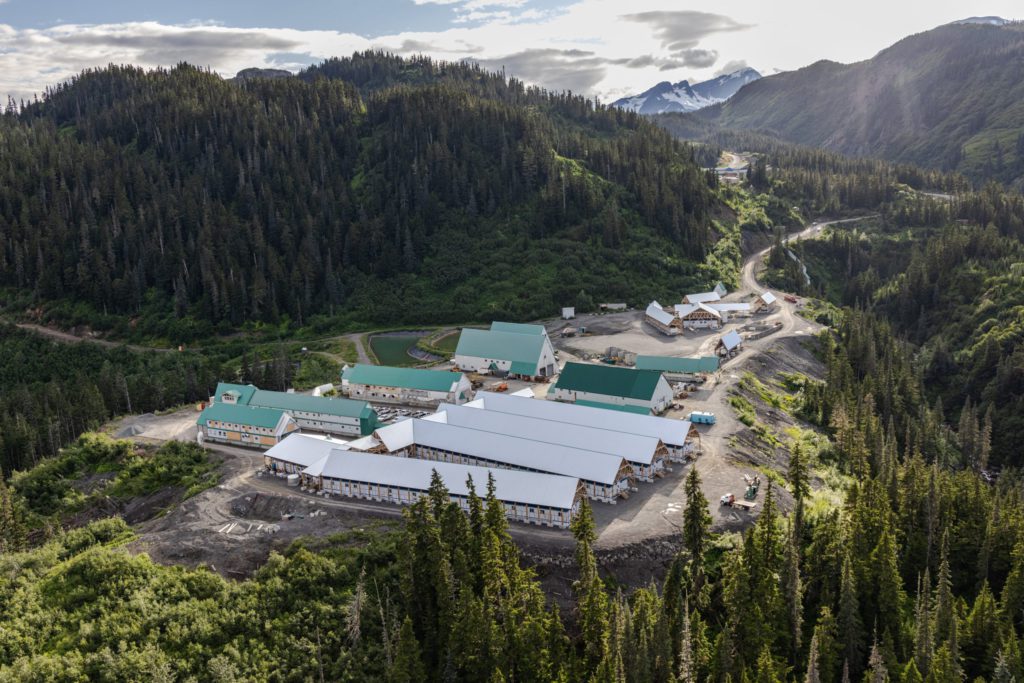

Such limitations inspired them to develop a new method to create OSCs using zinc oxide (ZnO) to overcome the issues of cost and scalability without comprising the power conversion efficiency (PCE).
In particular, this research was the result of an industry-university collaboration, in which the Gwangju Institute developed the original technology for the first time in Korea and transferred it to MSWAY Co., Ltd., which had been entirely dependent on foreign imports as the domestic production of ITO-based electrodes was impracticable.
With the new technology, it is expected that a value chain will be established for the commercialization of OSCs with construction and equipment companies, strengthening the value of industry-university joint research.
How the solution came to be
To make their technology a reality, the team used sputtered ZnO and a ZnO nanoparticle layer obtained through a “blade coating” technique to create a uniform bilayer on an ultrathin silver film electrode.
“The ultrathin silver film electrode with ZnO bilayer has the flexibility, wettability, and high surface energy of ITO but is not brittle or expensive. This makes it easier to use ZnO for manufacturing organic solar cells and developing a printing technology for large-area solar cell technology,” Hongkyu Kang, lead author of the study, said in a media statement.
The new ZnO bilayer-based OSCs demonstrated an efficiency of 7.67% for a module area of 528 cm2, which makes it the most efficient large-area OSC when compared to previous research. This was due to the reduction of “recombination” of charge carriers in OSCs by the crystalline ZnO nanoparticles that, in turn, improved their open-circuit voltage, that is, the power conversion efficiency.
In the researchers’ view, the creation of these ITO-free OSCs with a large area and the same flexibility and efficiency as that of ITO-based OSCs can be a game changer for the future of solar cell technology.
“Our method opens doors to the commercial use of these OSCs, such as their integration into building walls and windows to realize self-sustaining buildings,” co-author Kwanghee Lee said.
“Indeed, the superiority of large-area OSCs in terms of commercial potential and efficiency can usher in a new age of power generation and help us in the fight against climate change.”
This post has been syndicated from a third-party source. View the original article here.




